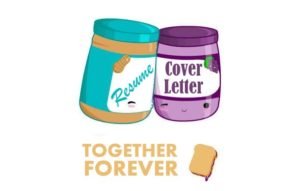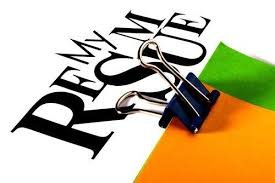We keep hearing how important it is to have a ‘focused resume’, and that generic or unfocused resumes do not make it past the initial screening. But how do you actually focus a resume?
An employer or hiring manager wants to quickly see if an applicant for a job meets the key requirements necessary to do the job. This means that your resume must be focused on showing that you meet these “key requirements”.
To do this, you must firstly do some research to identify the “key requirements” for the job or jobs you are targeting. What qualifications, skills, and experience are required to be able to do this job well? These are what an employer will look for in a candidate, and these are what provide focus to your resume.
Identifying the “key requirements” for your job target is the single most important task in the whole job search process. This can’t be overstated – they are what provide the focus for a resume, and they also what an interview is about (in an interview, an employer wants to know can this person do the job? The way they find out is asking about the key requirements). Spending time on identifying these pays huge dividends in the job search process.
There are a couple of ways of going about this research, and ideally you should do more than one!
Do a Google or LinkedIn search for previous job advertisements for the role - if you can’t find current ones, you will probably still find historical advertisements going back a year or two and these are fine. Aim for at least four of them. What do these advertisements list as the requirements for the job?
You could also look at a labour / jobs database such as O*Net at: www.onetonline.org
When you have found a number of advertisements (and possibly information from O*Net), you will have a long list of requirements – compile them into one file. Then look for the items that were common to all the advertisements – these are most likely ‘key requirements’ as a number of employers list them as a requirement. From your own knowledge and experience, what you think are the most important requirements (in terms of qualifications, skills, and experience) to be able do this job well? You should aim to have a concise list of 6 to 8 key requirements.
Additionally (or alternatively!), you could talk to a few people already doing this job - if you don’t already know anybody who is in this type of job, you could search for them on LinkedIn or Google - or maybe there is a professional body that you and/or they are members of. Ask them what they think are the “key” requirements to do this job well.
When you have the list of “key requirements” for your target job in terms of qualifications, skills, and experience, you need to match yourself against these. Describe the way that you possess these qualifications, skills, and experience, and place them in your summary or profile, as well as in your list of skills.
A hiring manager or employer will then be able to clearly see that you meet the requirements for the job because your resume is now focused!











